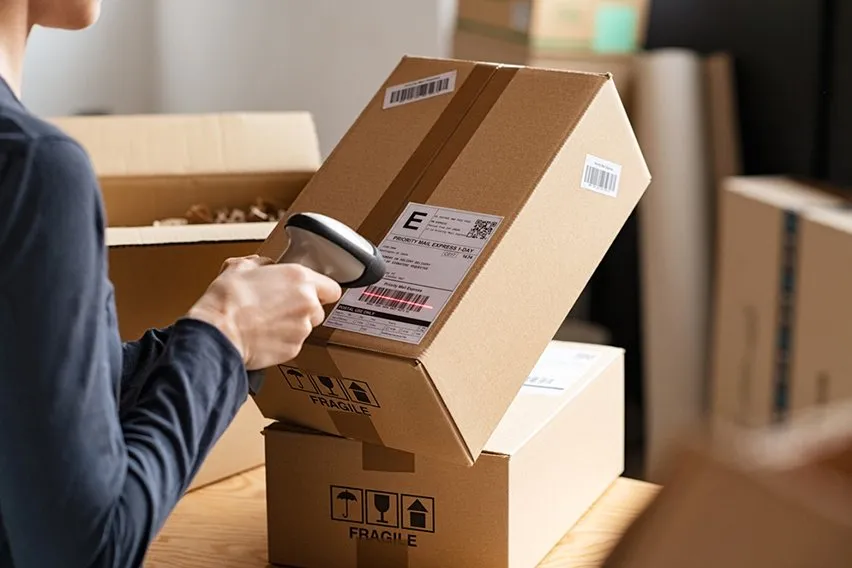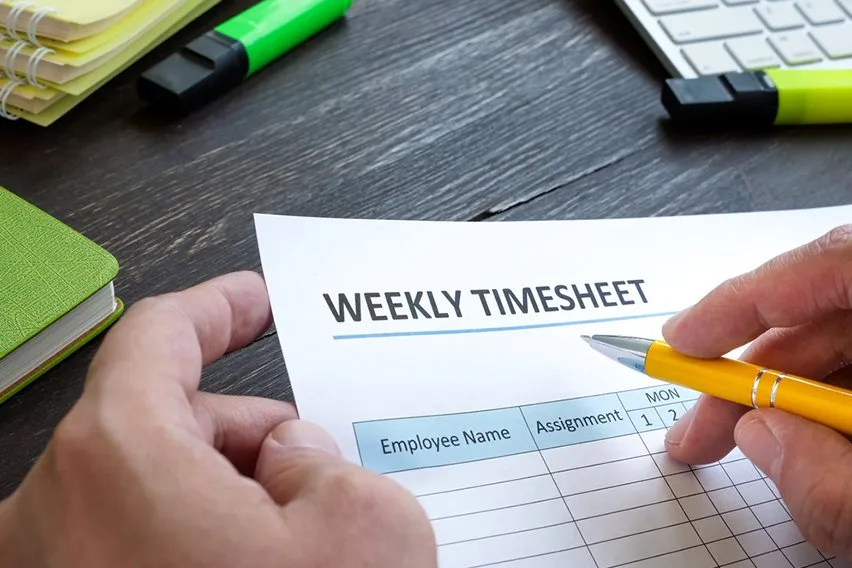Little’s Law: Definition, Formula & Process

Traffic, traction and growth.
These are the three keys to success for any small business.
When we open our doors to the public, we hope to get people in the door. The more people we get in the more likely it is that purchases will be made, the more purchases we make the bigger we can grow.
There are a number of different ways to calculate the velocity of a process. One such way is via Little’s Law.
But what is Little’s Law? We’ll take a closer look at the definition, the formula and the process.
Here’s What We’ll Cover:
Why Is the Law Important for Business?
What is Little’s Law?
Little’s Law is named after a professor at the MIT Sloan School of Management, Dr. John Little.
The law aimed to provide a simple approach for the assessment of the efficiency of queuing systems.
It’s become a hugely significant concept for businesses and their operations. This is because it states that the number of items in a queuing system depends on two key factors that are not affected by other factors.
Almost any queuing system can be assessed using Little’s Law. It can also be applied in a number of different fields.
When it was first published in 1954, there was no proof of the theorem. But in 1961, Little finally managed to publish proof that there is no queuing situation where the relationship he described does not hold.

Little’s Law Formula
At first glance, the law formula seems to be a simple calculation. Little’s Law is expressed mathematically through this equation:
L = λ x W
L – the average number of items in a queuing system
λ – the average number of items arriving at the system per unit of time
W – the average waiting time an item spends in a queuing system
You can also invert the equation to calculate L, the number of people at a business: λ x W = L
The Process
To put the equation into a process, we’ll use an example.
Imagine you own a small coffee shop. Every hour you have 10 customers (λ = 10) come and visit your shop. Each of the customers stays for half an hour (W = 0.5).
That means that at any given time you would have an average of 10 customers spending 30 minutes at your shop.
λ x W = L
or
10 x 0.5 = 5
Now let’s say that word spreads about the quality of your coffee and double the number of customers turn up. You might not have the seating capacity to hold all of your customers so you place a 15 minute limit on tables:
20 x 0.25 = 5
But, now you’ve found some more tables and chairs and hired another barista to accommodate the extra customers. This means you could go back to the original time limit:
20 x 0.5 = 10
This is the basic use of Little’s Law to manage workflow and increase efficiency.

Why Is the Law Important for Business?
As a business owner, you can gain powerful insights from using Little’s Law.
You can use different terms when working with the formula. This is because it’s calculating the capacity of systems, not specifically retail systems.
So λ x W = L can be repurposed to mean:
L – Work in progress (WIP)
λ – Throughput, departure rate or production output
W – Lead time, the time an item spends in a system
So the original formula now becomes:
WIP = Throughput x Lead Time
Let’s revisit our coffee shop analogy. Let’s say a company provides the shop with their aprons. They can produce at a rate of 10 a day.
Little’s Law assumes equal arrival and/or departure rates. So the manager of the apron manufacturer can use the number of aprons departing the system as the effective arrival rate (λ = 10).
The coffee shop has 5 employees who need aprons. This means that this averages a WIP of 5 (W = 5), so:
5 aprons are needed / 10 made a day = 0.5 days to produce one apron.
Key Takeaways
Little’s Law can be a very helpful tool for small businesses. It’s perfect for trying to figure out and manage the efficiency of your queuing system within your business.
Learning this simple formula can save you valuable time and give you great insight into an important part of your business.
Are you looking for more business advice on everything from starting a new business to new business practices?
Then check out the FreshBooks resource hub.
RELATED ARTICLES


 What Is Billing Information? Law & Legal Definition
What Is Billing Information? Law & Legal Definition What Is an AVS Mismatch & How to Fix It
What Is an AVS Mismatch & How to Fix It What Is a Decision Matrix & How to Use It for Business
What Is a Decision Matrix & How to Use It for Business How to Fill Out a Timesheet of Employees Correctly
How to Fill Out a Timesheet of Employees Correctly What Is a Warehouse? Definition & Important Elements
What Is a Warehouse? Definition & Important Elements 3 Better Alternatives to SWOT Analysis for Business Planning
3 Better Alternatives to SWOT Analysis for Business Planning